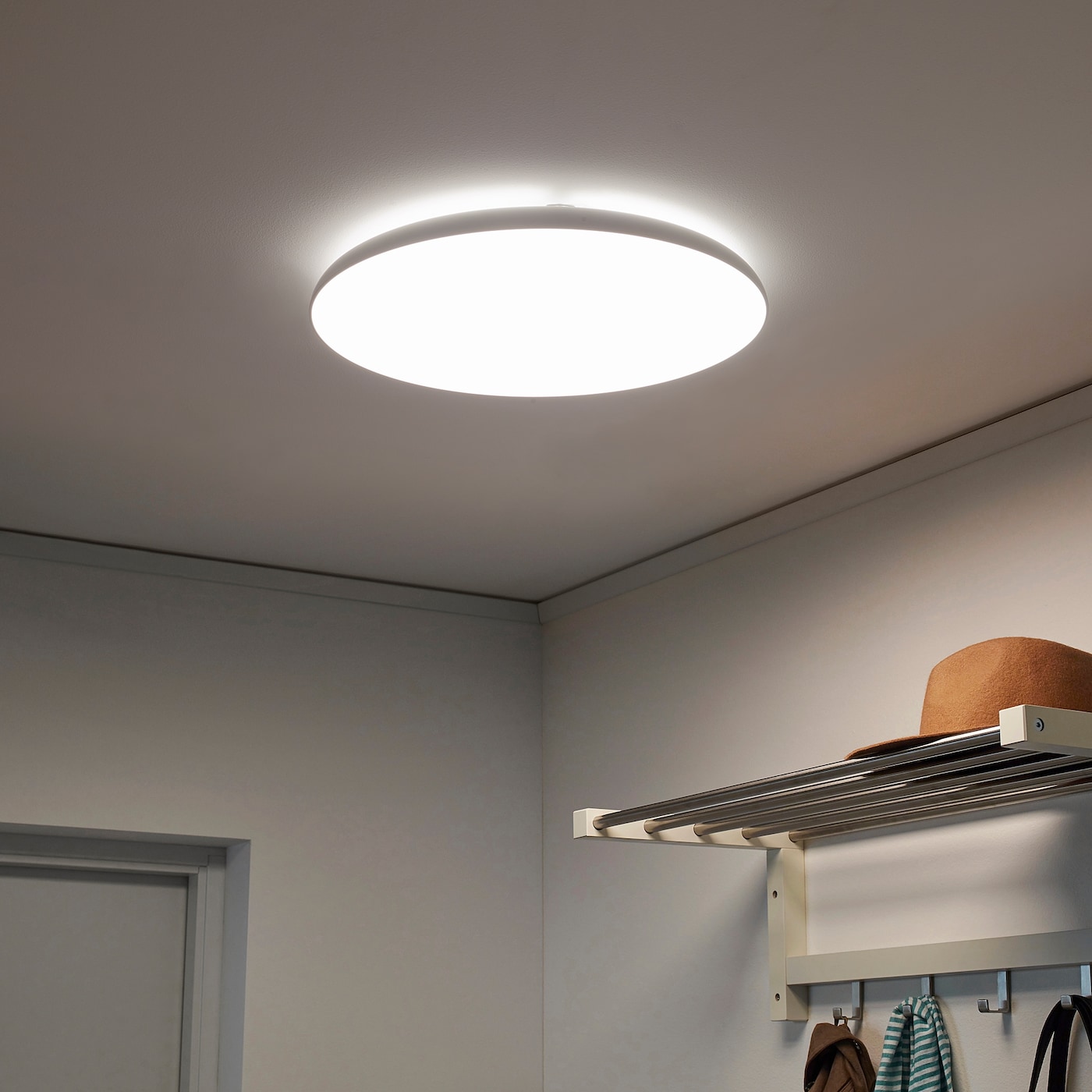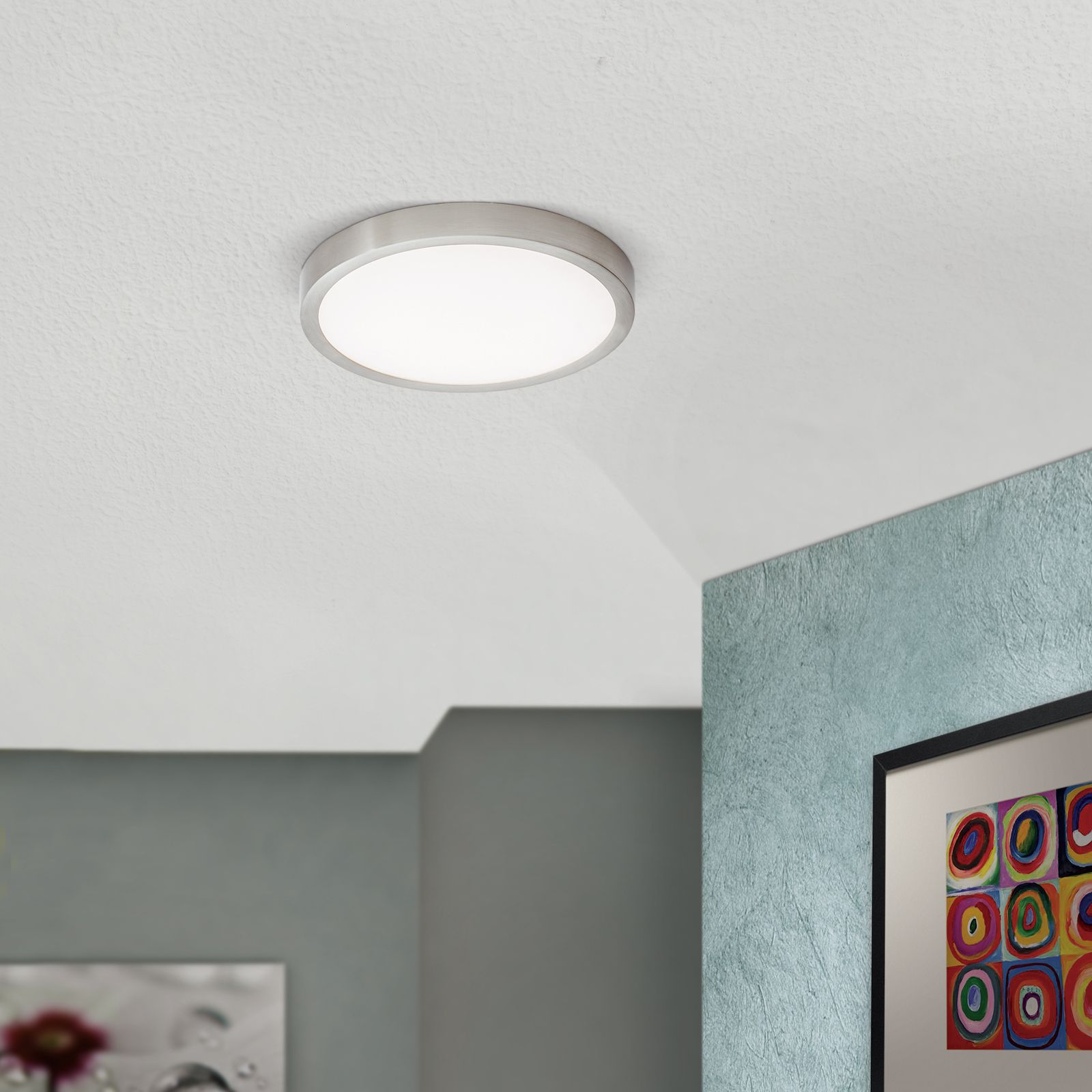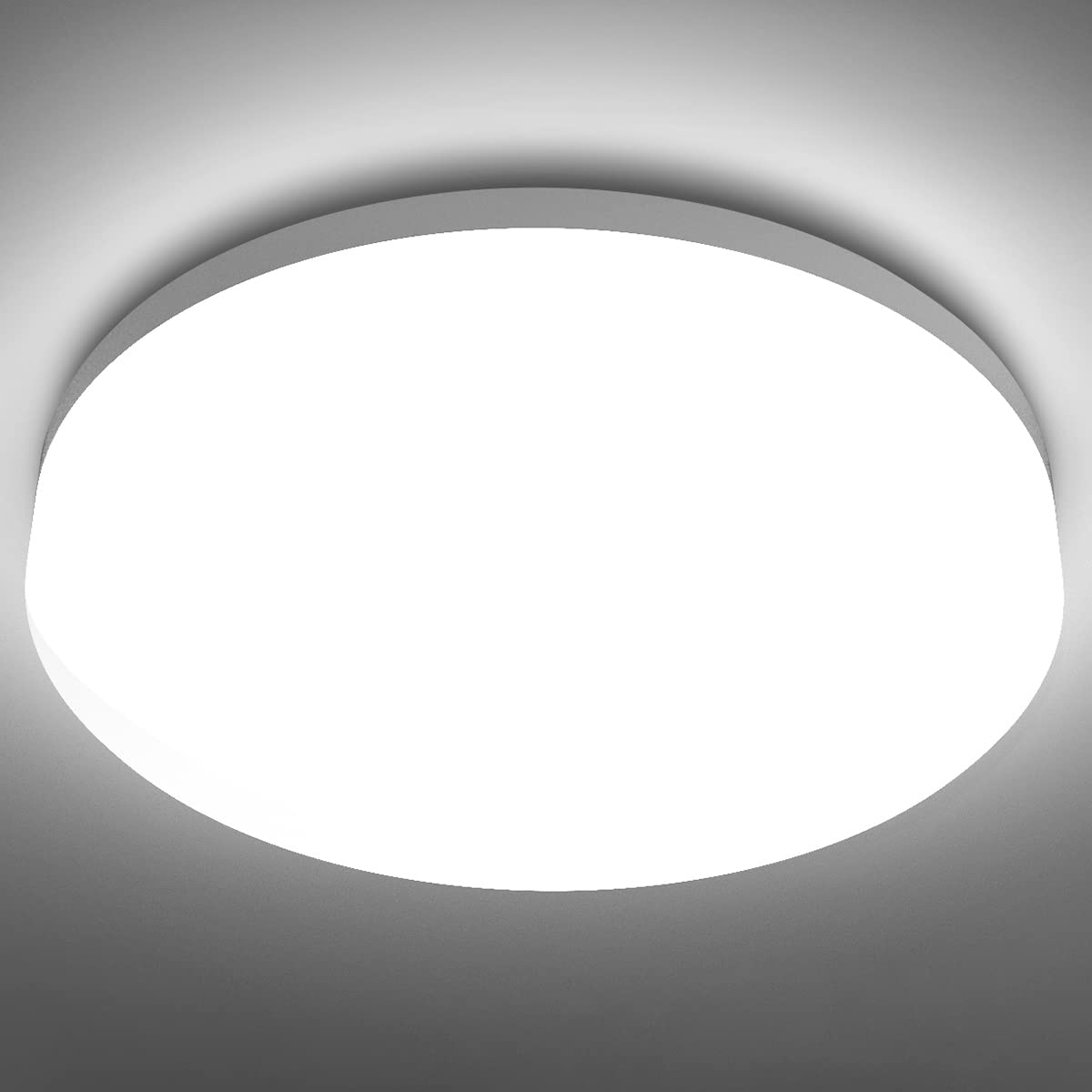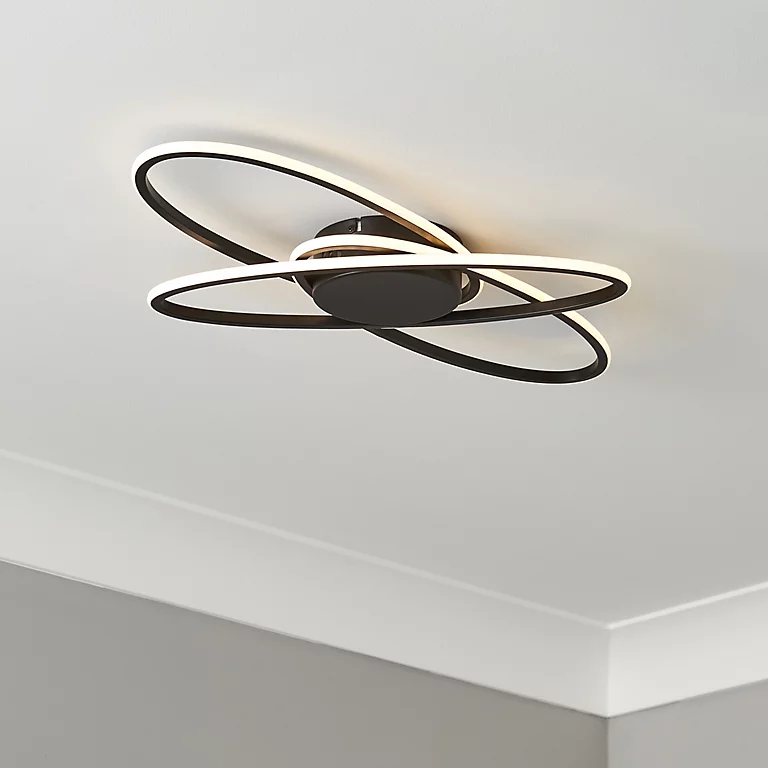Introduction:
LED ceiling lights are known for their energy efficiency, longevity, and bright illumination. However, if you’re experiencing your LED ceiling light flashing on and off intermittently, it can be frustrating and concerning. This issue can stem from various factors, including electrical problems, compatibility issues, or even environmental factors. In this comprehensive troubleshooting guide, we’ll explore the potential causes of your LED ceiling light flickering and provide practical solutions to help you resolve the issue and enjoy consistent lighting in your space.

Understanding LED Technology:
Before delving into troubleshooting, it’s helpful to understand the basic principles of LED technology. Unlike traditional incandescent bulbs, which rely on a filament to produce light, LEDs (light-emitting diodes) generate light through the movement of electrons in a semiconductor material. LEDs are more energy-efficient and durable than incandescent bulbs, but they can be sensitive to fluctuations in voltage and current, which may cause flickering or flashing.

Potential Causes of LED Ceiling Light Flashing:
Voltage Fluctuations: LED lights are sensitive to voltage fluctuations, and even minor variations in voltage can cause flickering. This issue may occur if your home’s electrical system experiences voltage spikes or drops due to factors such as wiring problems, overloaded circuits, or incompatible dimmer switches.
Incompatible Dimmer Switches: LED lights require specialized dimmer switches designed specifically for use with LED bulbs. Using standard incandescent dimmer switches with LED bulbs can cause flickering or flashing due to differences in voltage regulation. Ensure that your dimmer switch is compatible with LED bulbs and rated for the appropriate wattage.
Poor Quality or Defective Bulbs: Low-quality or defective LED bulbs may be prone to flickering or flashing due to manufacturing defects or inconsistencies in the internal components. Invest in high-quality LED bulbs from reputable brands to minimize the risk of issues such as flickering and ensure reliable performance.

Loose or Faulty Connections: Loose or faulty connections in the wiring or light fixture itself can disrupt the flow of electricity to the LED bulbs, resulting in flickering or flashing. Check the connections between the light fixture, wiring, and electrical junction box to ensure they are secure and free of corrosion or damage.
Overloaded Circuits: If multiple appliances or devices are connected to the same electrical circuit as your LED ceiling light, it may cause the circuit to become overloaded, leading to voltage fluctuations and flickering. Consider redistributing the load across different circuits or installing dedicated circuits for high-power appliances to alleviate the issue.
Environmental Factors: Environmental factors such as temperature fluctuations, humidity, or exposure to moisture can affect the performance of LED lights and cause flickering. Ensure that your LED ceiling light fixture is installed in a stable environment with adequate ventilation and protection from moisture.
Compatibility Issues with Transformers: Some LED ceiling lights require compatible transformers or drivers to regulate voltage and current. Using incompatible transformers or drivers may result in flickering or flashing due to inadequate voltage regulation. Verify that your LED ceiling light is compatible with the transformer or driver specified by the manufacturer.

Troubleshooting Steps:
Check for Loose Connections: Begin by turning off the power to the LED ceiling light at the circuit breaker and carefully inspecting the wiring connections for any signs of looseness or damage. Tighten any loose connections using a screwdriver and ensure that all wires are securely fastened.
Replace Dimmer Switches: If your LED ceiling light connecte to a dimmer switch, verify that the dimmer switch is compatible with LED bulbs and rated for the appropriate wattage. Consider replacing standard incandescent dimmer switches with LED-compatible dimmer switches to ensure smooth dimming and prevent flickering.
Upgrade to High-Quality LED Bulbs: Invest in high-quality LED bulbs from reputable brands to minimize the risk of flickering or flashing due to manufacturing defects or inconsistencies. Look for LED bulbs that are ENERGY STAR certified or meet industry standards for reliability and performance.
Distribute Electrical Load: If your LED ceiling light shares the same electrical circuit with other appliances or devices, consider redistributing the electrical load across different circuits or installing dedicated circuits for high-power appliances to prevent overloading and voltage fluctuations.
Ensure Proper Ventilation: Ensure that your LED ceiling light fixture is installed in a well-ventilat environment with adequate airflow to prevent overheating and minimize the risk of flickering due to temperature fluctuations. Avoid installing LED lights in enclosed fixtures or areas with poor ventilation.
Verify Transformer Compatibility: If your LED ceiling light requires a transformer or driver, verify that the transformer or driver is compatible with the specifications of the LED light fixture. Ensure that the transformer or driver is properly matching to the voltage and current requirements of the LED light to prevent flickering or flashing.

Consult a Professional Electrician: If you’re unable to identify or resolve the underlying cause of the LED ceiling light flashing on and off, consider consulting a professional electrician for assistance. A qualified electrician can conduct a thorough inspection of your electrical system, diagnose any issues, and recommend appropriate solutions to ensure safe and reliable operation.
Consider Environmental Factors: In some cases, environmental factors such as temperature fluctuations, humidity levels, or exposure to moisture can contribute to LED ceiling light flickering. Extreme temperatures can affect the performance of LED bulbs and cause them to flicker or flash intermittently. Similarly, high humidity levels or exposure to moisture can lead to corrosion or damage to electrical components, resulting in unreliable operation. Ensure that your LED ceiling light fixture install in a stable environment with adequate ventilation and protection from moisture. If necessary, consider using LED bulbs and fixtures specifically designed for use in damp or outdoor environments to minimize the risk of flickering due to environmental factors. By addressing these environmental considerations, you can help ensure the consistent performance and longevity of your LED ceiling light.
Conclusion:
LED ceiling lights offer numerous benefits, including energy efficiency, longevity, and bright illumination. However, experiencing flickering or flashing can detract from their performance and reliability. By understanding the potential causes of LED ceiling light flickering and following the troubleshooting steps outlined in this guide, you can identify and resolve the issue effectively. Whether it’s addressing voltage fluctuations, upgrading dimmer switches, or ensuring proper ventilation, taking proactive measures will help you enjoy consistent lighting in your space. If you encounter any difficulties or uncertainties, don’t hesitate to seek professional assistance from a qualified electrician to ensure the safety and integrity of your electrical system.

